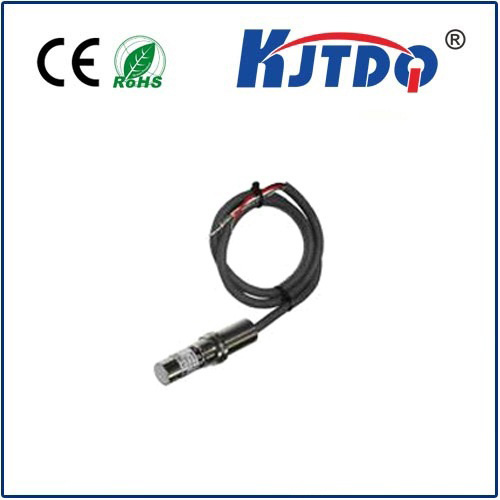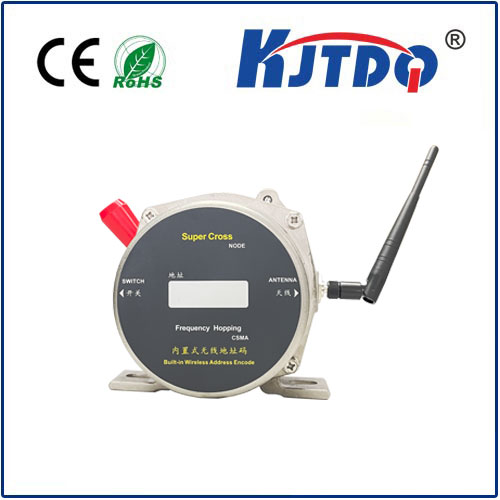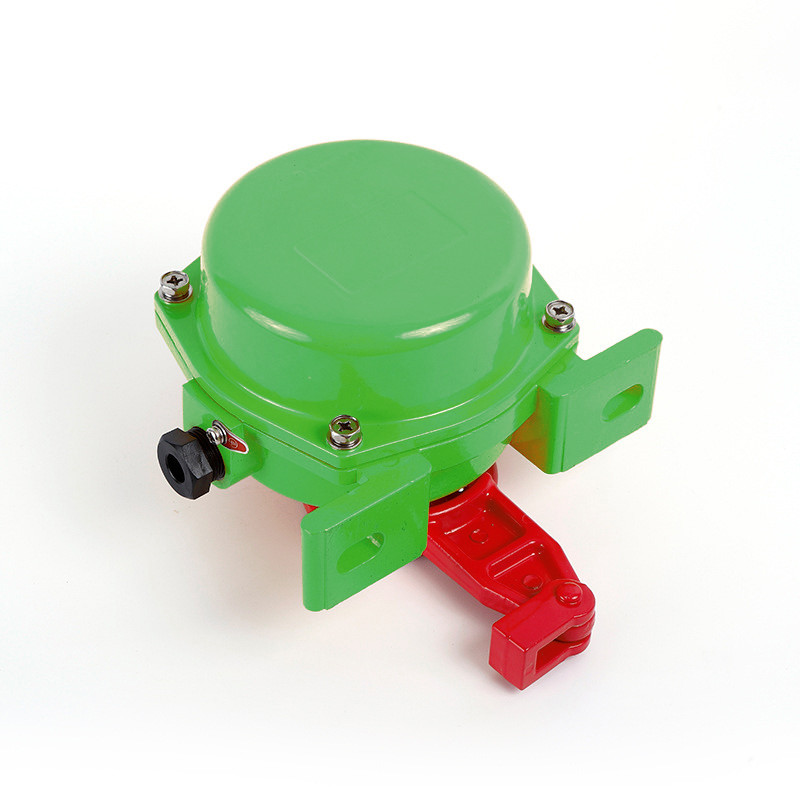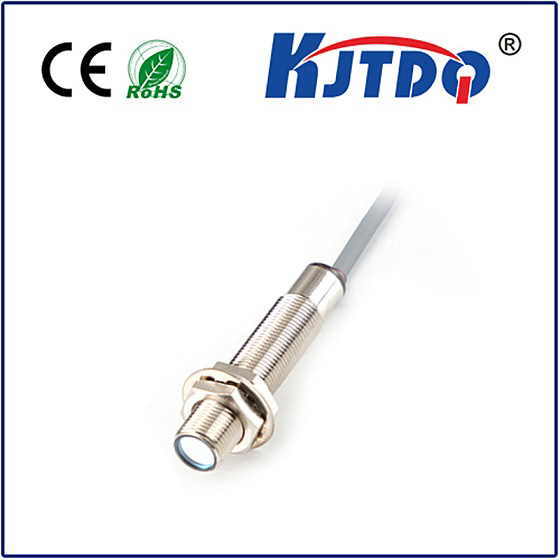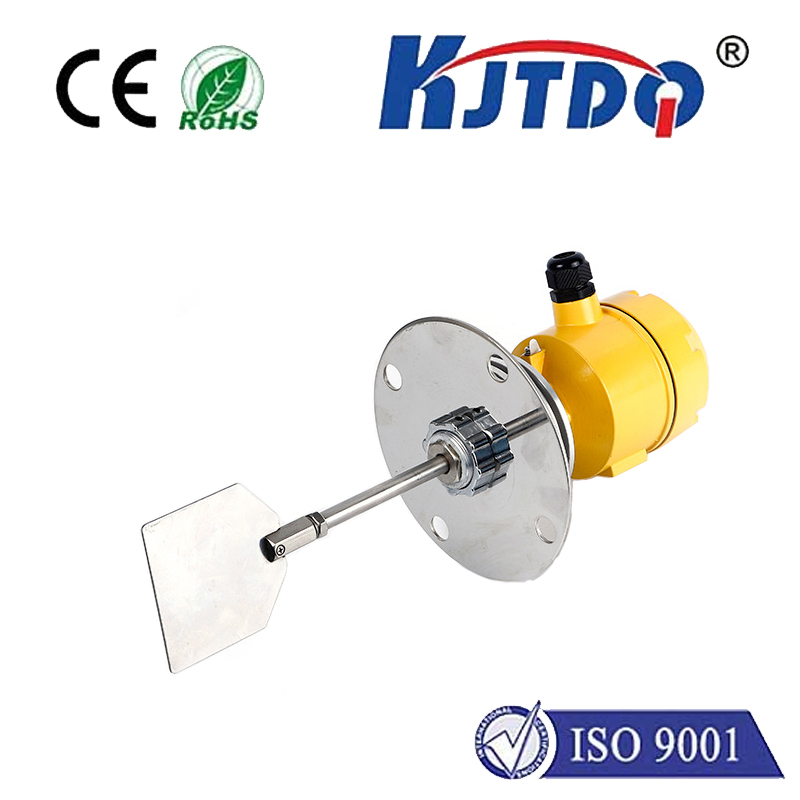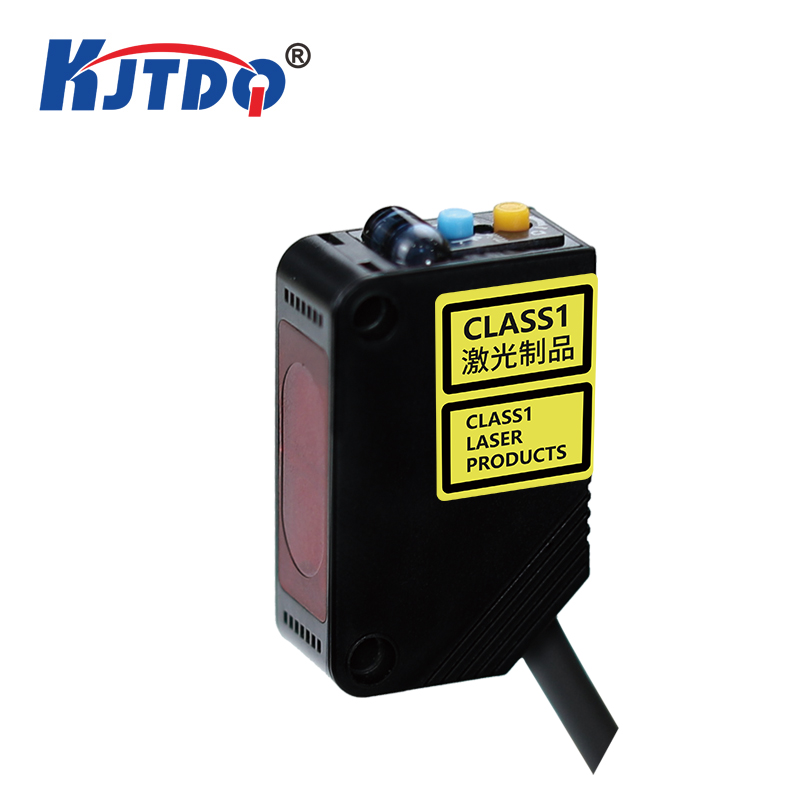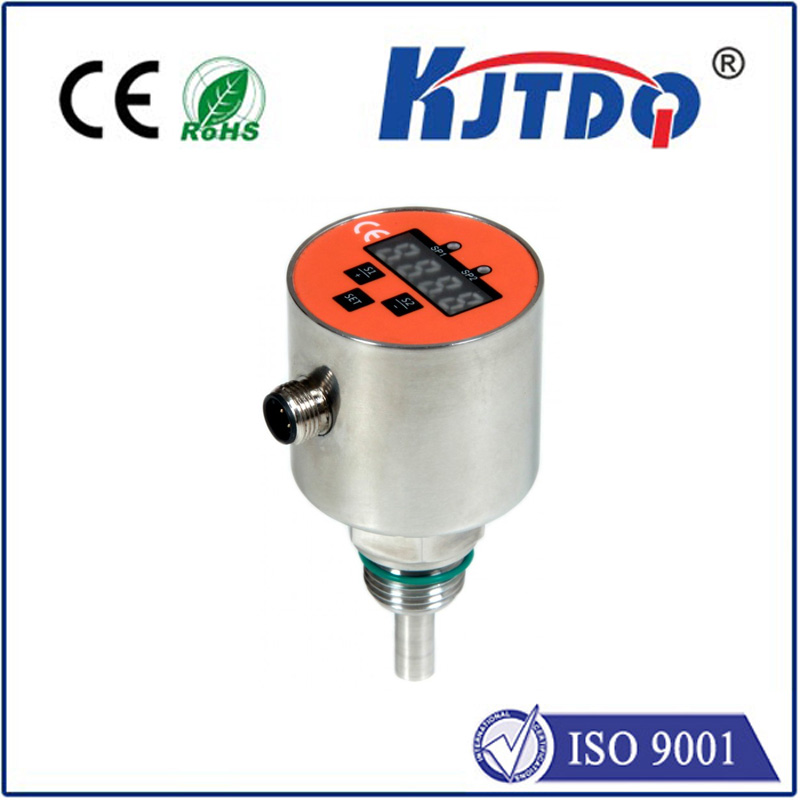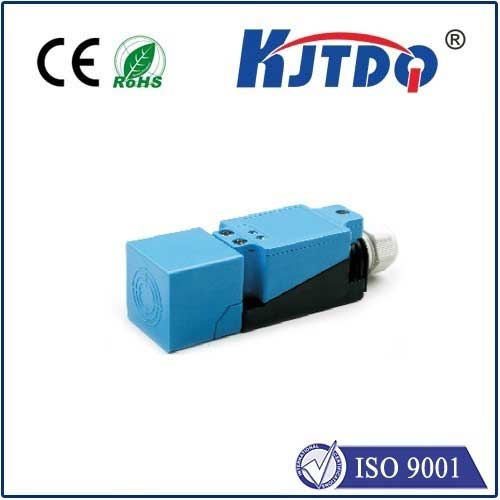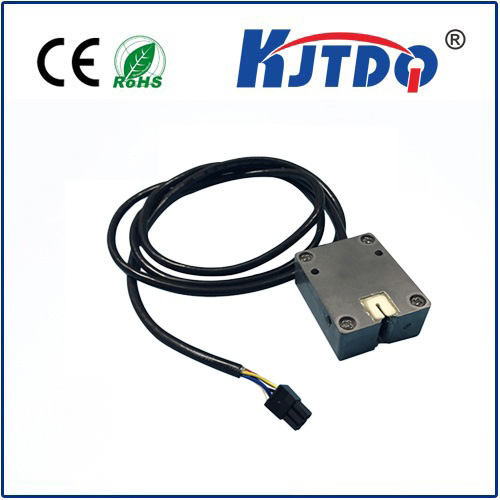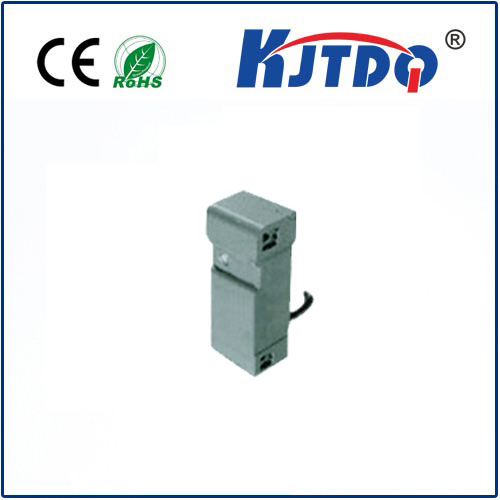
check

check

check

check
Understanding Atwood Limit Switches: An In-depth Analysis
In the world of industrial automation, limit switches play a crucial role in ensuring the smooth and efficient operation of machinery. Among various types of limit switches, the Atwood limit switch is gaining increasing popularity due to its superior performance, durability, and reliability. In this article, we will delve into the features and benefits of Atwood limit switches, their application areas, and how they contribute to enhancing overall productivity.
Firstly, let's define what an Atwood limit switch is. A limit switch is an electromechanical device that detects the presence or absence of an object within its operational range. It consists of an actuator mechanism, which physically engages with the object being sensed, and a set of electrical contacts that open or close when the actuator is triggered. The Atwood limit switch stands out for its precision engineering, robust construction, and ability to withstand harsh environmental conditions.

One of the key advantages of using an Atwood limit switch is its high degree of accuracy. These switches are designed to provide repeatable and consistent performance over long periods without any degradation in quality. They are capable of detecting even slight variations in position or movement, making them ideal for applications where precise control is essential. Additionally, Atwood limit switches offer excellent resistance to vibration, shock, and temperature fluctuations, ensuring reliable operation in challenging environments.
Another significant benefit of Atwood limit switches is their versatility. They come in various sizes, shapes, and configurations to suit different applications and mounting requirements. Some models feature adjustable actuator mechanisms, allowing users to fine-tune the sensitivity of the switch according to their specific needs. Moreover, Atwood limit switches can be easily integrated with other automation components such as PLCs (Programmable Logic Controllers), HMIs (Human Machine Interfaces), and SCADA systems (Supervisory Control and Data Acquisition).
In terms of application areas, Atwood limit switches find widespread use across diverse industries ranging from manufacturing and packaging to transportation and material handling. They are commonly employed in conveyor belt systems to monitor product flow, in machine tooling setups to control tool positioning, and in robotic arms for precise motion control. By providing real-time feedback on equipment status and performance, these switches help optimize production processes and reduce downtime caused by equipment failure.
Furthermore, Atwood limit switches offer significant cost savings in the long run by reducing maintenance requirements and extending equipment lifespan. Their durable construction ensures minimal wear and tear over extended periods of use, reducing the need for frequent replacements or repairs. Additionally, the accurate detection capabilities of these switches help prevent costly mistakes and accidents that could result from incorrect machine operation or product mishandling.
In conclusion, Atwood limit switches are an essential component of modern industrial automation systems. Their precision accuracy, rugged design, and versatile configuration make them suitable for a wide range of applications across multiple industries. By enhancing overall productivity through improved machine control, reduced maintenance costs, and increased equipment longevity, Atwood limit switches contribute significantly to achieving higher levels of operational efficiency and effectiveness. As we continue to embrace advanced technologies in our quest for seamless automation solutions, it is clear that Atwood limit switches will remain a critical element in driving innovation and progress towards a more connected and intelligent future.
